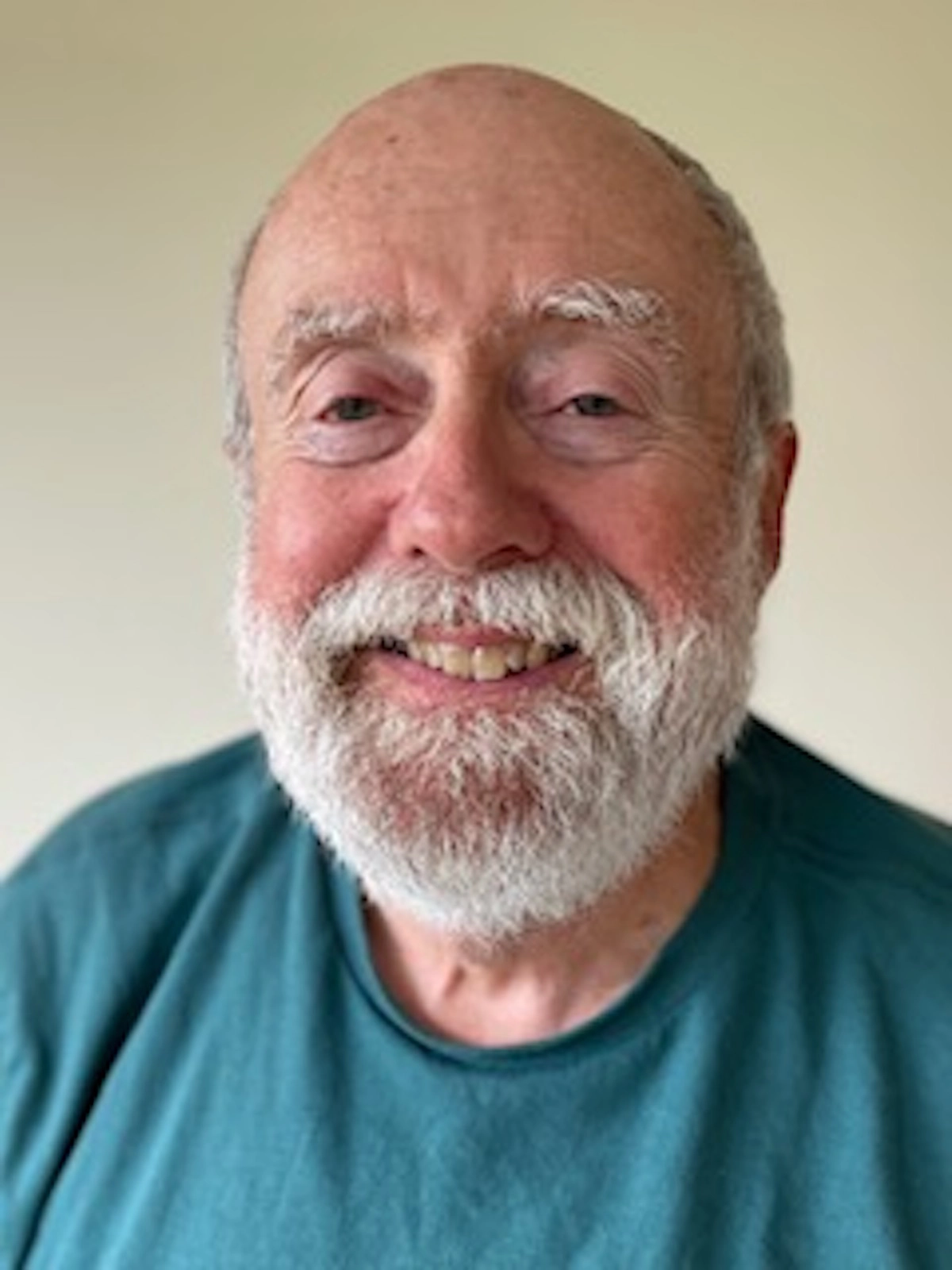By Janet McCauley
I’m a Come’yuh and part of that “second northern invasion” of South Carolina. Nine years ago, never with the intention of moving here, I came to visit my brother, a disabled vet working with the military in Beaufort and I fell in love. I restored a house in foreclosure, then bought a sweet little cottage in Dulamo on Saint Helena.
I delved into the history, culture, ecology, gardens, and literacy becoming a licensed history guide, Founding Board Member of Adaptive Golf Experience, turtle conservationist, co-chair of Books Sandwiched In and graduate of Leadership Beaufort. I spend the majority of my time as an ambassador to our numerous visitors throughout Beaufort, Penn Center and Parris Island.
The developer that purchased the land in the Saint Helena Island Cultural Protective Overlay Zone adjoining my community alleges that he has “met extensively with community groups” and held numerous meetings, planning an exclusive gated golf club resort in collaboration with the community. When? Where? Who? Nothing has been transparent in the two years that his “expert team” worked behind the scenes to garner support from those who have already made millions in development.
He spoke at a County meeting stating he had property rights and was an immigrant. South Carolina became the wealthiest state in the Union by the time of the Civil War based on the forced immigration of the abducted and enslaved Gullah/Geechee people and we all have a legacy of immigration.
Cultural Protective Overlay Zoning, in place since the 1999 and supported by the Beaufort County 2040 Comprehensive Plan, was very clear when the developer bought this Nationally Designated Historic property. How is it that our County Administrator, another transplant here, proposes ordinances allowing for development agreements that would not be transparent and that would open up deals on large tracts of land totally contrary to zoning in existence that is supported by local and state laws?
We’ve watched the archaeological digs, surveyors, clearing of trees for the power poles – which by-the-way run through our yards, and never once has the developer communicated with us. Dulamo, Saint Helenaville and Pine Island have sacred grounds that were indigenous homes and hunting grounds, Plantations, Oyster Factory and Gullah settlements.
The developer claims it’s been a gated community for 150 years – by no stretch of the imagination is a pasture gate across a dirt road to a family property a gated community.
How many dump truck loads of dirt will it take (and where will it come from) to establish housing and a viable causeway? What impact will this development have on the infrastructure, traffic, culture, wildlife, vulnerable waterways, sustainability? How realistic is his claim that the owners will not live here or impact county services?
Sixty-six multimillion-dollar houses with guest houses also implies short term rental issues. The county just revised impact fees because of the significant growth but those fees only cover a portion of the costs related to development.
I have heard the term “Ecotourism” bantered as one of the attractions, and the developer states that an exclusive golf course would promote camaraderie. Seriously, if you want to see camaraderie, attend a Community Sing at Penn Center or come out to an Adaptive Golf Clinic where volunteer certified coaches work with handicapped veterans, civilians and their caregivers at Parris Island, an award-winning golf course.
Large yachts and exclusive golf courses do not constitute “ecotourism.” As an avid kayaker, hiker and biker, I’ve cleaned trails and pulled invasive weeds in State and National Parks, kayaked and hiked hundreds of miles and visited museums all over the world, instilling a true appreciation of the Gullah/Geechee Heritage and our incredible ecosystem. The Greenspace referendum was passed overwhelmingly by voters – this proposal is contrary to the intent of that initiative.
The unique Gullah/Geechee culture, language, music, and sense of community was clearly conveyed at the Community Rally on March 30 and incredibly inspirational. Let’s look at what would best serve the needs of Saint Helena by bringing projects to the community that will have a positive impact, respect our history, learn from our elders, entice our young people to stay here, provide viable work and much needed recreational and educational opportunities.
Janet McCauley is a resident of St. Helena Island whose community is impacted by the Pine Island development plan.








